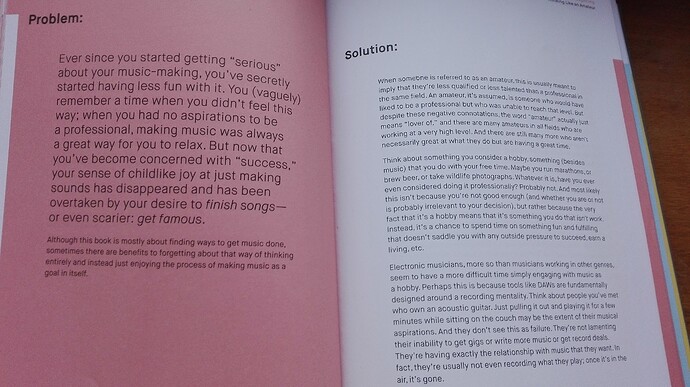Interesting when he says that he start producing again to himself when he just play with things for fun like in the beginning is the second time I came across with such idea and honestly is very true. It’s very easy to get caught in the pressure to make a big track rather than doing things like we were kids… because it’s what we love… what we like.
@Zounds Very true ! I’m also often caught in this trap and would likely end up throwing tracks to the trash after spending too much time to get “that pro sound” and not being satisfied with the result, definitely not fun in the end !
Nice share.
Cheers !
awesome
Hey Hey glad to be here. Kick 2 is sweet.
When will the winners be announced?
Hey @devilisabottom this should be announced soon, be sure to check the dedicated remix comp section on the forums.
https://forums.sonicacademy.com/t/dom-kane-structures-remix-competition-with-mau5trap-14/
Amazing course, really helped me a lot in my own productions
Great class, thanks a lot!
Thank you so much! Mind blown about the Shepard Tone ![]()
Awesome course!! Nicely detailed
great course with a mix of solid foundational skills + some nice advanced techniques. awesome stuff Dom ![]()
Can someone please explain the chord progression using in the VOX CHORDS (the last two chords raised up) please. Thank you
Hey @jamieha
That’s pretty self explained in Video 2 ( starting at around 11:00 minutes play time ), Dom Kane is showing the changes made in the midi notes on the last 2 bars. Don’t look at this like a typical chord progression related to traditional music theory here, it’s rather more a matter of layering different synths and adding some variation when they all play together. If you watch carefully the video at the point I mentioned, you’ll be able to see & replicate the midi notes.
Can someone tell me how to check if those three snares are in key with the track.
It’s often difficult to use tools such as a tuner to check percussive sounds because of their texture & their short length.Therefore it’s common practice to do it by ears. A Frequency Analyzer like the free “Span” from Voxengo can also help by displaying the frequency & the corresponding note reference, pointing your mouse cursor over the transient note in Span Gui will display this information at the top.
Beside this there’s pros & cons about tuning your drums in key with the track. Pros: the technique is supposed to make the all mix more harmonic & smoother for the ears, cons: having too many of the same frequencies dueling for space in the mix can give you some issues & will require some work to avoid the all mix to sound dull in the end.
Great!!
What a phat Mix! I’m impressed!
nice
Great course, very detailed explanation of every action, which really helps. Learned some new techniques I had no idea about
Loved this course, learnt so many techniques I’d been trying to work out for ages.
